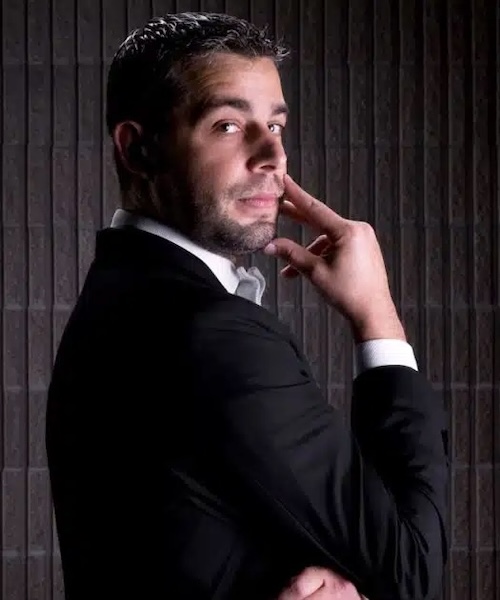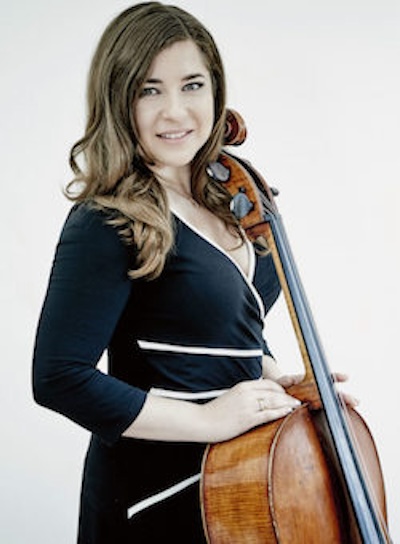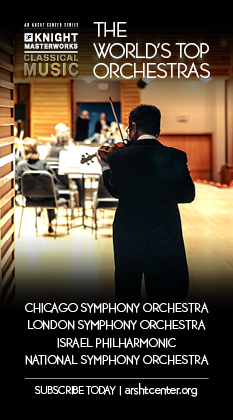Detroit Symphony makes a magnificent showing at the Kravis Center

Jader Bignamini conducted the Detroit Symphony Orchestra Saturday night at the Kravis Center in West Palm Beach.
Of all the works produced in the 19th century flowering of Russian classical music, Rimsky-Korsakov’s Scheherazade must be among the most familiar.
It may have seemed particularly familiar when the Detroit Symphony Orchestra played it Saturday at the Kravis Center in West Palm Beach, since the Palm Beach Symphony had played it on the same stage 12 days before. But if no one is coordinating orchestral programs at Kravis, the audience still got to hear a magnificent performance Saturday of a work that really shows off a good orchestra.
Under music director Jader Bignamini, the Detroit ensemble gave an evocative account that was richly symphonic and dramatic, with strong performances by front-desk principals in their solo moments.
The opening movement gave a gripping portrait of the surging seas, as the music ebbed and flowed into climaxes of clarion brilliance. The “Story of the Kalendar Prince” was marked by a lustrous bassoon solo, brass playing of baleful menace, and freely played solos from the clarinet and other instruments that gave the movement a particularly Middle Eastern tone. With weighted brass providing firm support, Bignamini set a frantic pace in the last movement, giving the work extra excitement before the quiet ending in which the orchestra glowed like a jewel.
Concertmaster Robyn Bollinger showed herself to be a real virtuoso, bringing sensitivity, drama and flawless technical assurance to the solos that run through the work that portray the sultan’s wife, Scheherazade.
The languid triplets of her main theme sounded different each time Bollinger played them, enhancing the solo’s dramatic impact. The technically difficult part, with its chords and rapid notes, came off not only with technical competence but with flair. And her tone was pure and clear up to the very top of the instrument’s range.
The primary string soloist for the evening, however, was the American cellist Alisa Weilerstein, who gave a stirring performance of Elgar’s Cello Concerto.

Alisa Weilerstein performed Elgar’s Cello Concerto with the Detroit Symphony Orchestra Saturday night.
She brought craggy grandeur to the opening chords, taking a slow pace and drawing organ-like tones from her instrument. In her hands, the main theme in the cello’s upper register came off with wistful melancholy and a singing tone.
She embraced the work’s drama, bringing blazing excitement to upward, crescendoing scales that led to climactic orchestral passages. And despite the richness and power of her tone at maximum force, she could quiet her playing to a whisper for the bleak, lonely passages that account for much of the work’s dark tone.
In the Scherzo-like second movement, she played with a rustling lightness that helped draw out the music’s bittersweet quality. In the Adagio, her pianissimo passages could be heard clearly, thanks to the clarity of her playing and that of the orchestra.
She took an aggressive approach to the last movement, which can sound ponderous in the wrong hands, with sonorous arpeggios and a biting performance of the main theme. Throughout the movement, she and the orchestra brought out the work’s sense of yearning and nostalgia.
The concert opened with Emerge, a 2021 piece by Michael Abels, a composer probably best known for his scores for the films Get Out and Us. Inspired by the restoration of normal life after Covid, the piece portrays the work of musicians getting together again after a long time, with lots of uncoordinated and erratic playing before the ensemble comes together.
Although the premise may sound contrived, the results were largely effective. Beginning with an oboe intoning an “A” to allow the musicians to tune, it starts with the pre-concert cacophony familiar to every concert-goer. Progressing through rhythmically driving, if still melodically chaotic, passages, the music comes together for a crescendo. Stirring wind passages over rustling strings follow leading to a big brassy climax—all that much more effective for emerging from the musical fog and bedlam with which the work began.
The Detroit Symphony Orchestra performs again 2 p.m. Sunday at the Kravis Center. The program includes Abels’ Emerge, the Elgar Cello Concerto and Tchaikovsky’s Symphony No. 6 “Pathétique.” kravis.org.
Posted in Performances
One Response to “Detroit Symphony makes a magnificent showing at the Kravis Center”
Leave a Comment
Sun Feb 18, 2024
at 10:44 am
1 Comment



Posted Feb 27, 2024 at 9:00 am by Classical Concerts
The note, “But if no one is coordinating orchestral programs at Kravis…”, implies that it is typical for a presenting organization that owns its venue to coordinate programming with a renter, which could not be more incorrect.
The Palm Beach Symphony is a local, non-professional, pick-up orchestra that rents Dreyfoos Hall at the Kravis Center, and their programming choices have no bearing on the curation of the Classical Concert Series, which is comprised only of full-time, professional, renowned international and domestic orchestras.